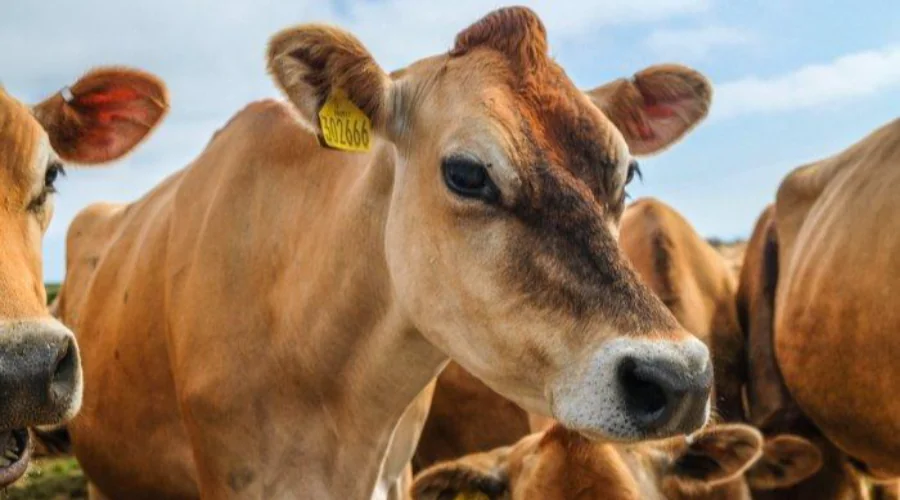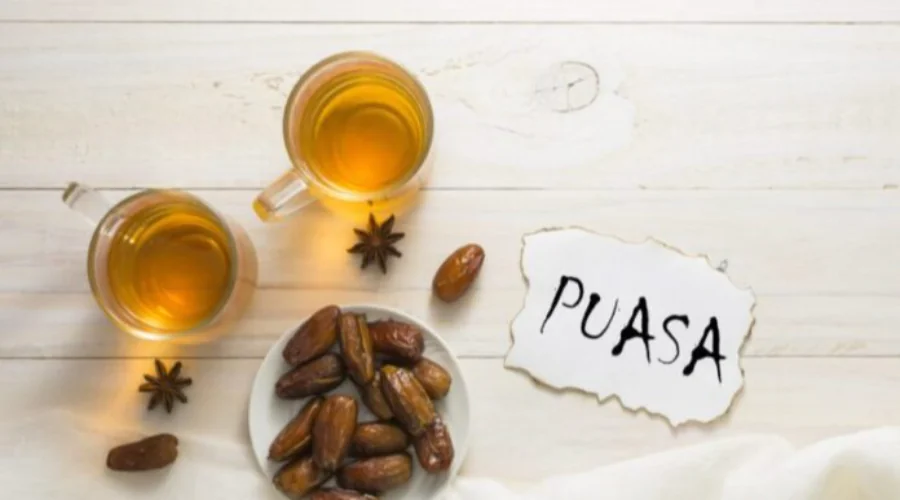
- 23 May
- 2022
Ilustrasi gambar peternakan sapi (Shutterstock)
PMK Virus Outbreak, UM Surabaya Nutritionist; Do not eat this part of the meat
In the past month, Indonesia has been shocked by the discovery of the Foot and Mouth Disease (FMD) virus which attacks livestock, especially cattle. FMD is a highly contagious disease that attacks cattle, buffalo, sheep, goats, pigs and other even-toed hoofed animals that can cause enormous economic losses.
Another impact of the PMK virus is the decline in beef prices. Many people are afraid to consume beef because they are afraid of contracting it, even though the FMD virus is not zoonotic or can not be transmitted from animals to humans.
Responding to people's fear of consuming beef attracted the attention of Tri Kurniawati Lecturer of Health and Early Childhood at UM Surabaya to provide a response.
"Based on human literature, it is humans who can be a factor in the spread of the FMD virus to other animals. If a cow infected with the FMD virus is slaughtered, not all of its organs can be consumed," said Tri in a written statement, Monday (23/5/22)
He explained that organs such as bones, heads and innards should not be consumed because that is where the virus nests. Meanwhile, boneless meat can be said to be safe. This is due to the guidelines of the World Animal Health Agency. So even though we import from countries that are not free from FMD, the meat without bones and without lymph glands from these animals is still safe for consumption.
Tri also shared some tips on choosing beef that is healthy and free from disease. According to Tri, the first thing to do is to consider where the beef is sold.
“Make sure when you buy beef, it is clean and does not have a strong odor, you should choose beef that is also placed in a clean and cold place. Avoid buying beef that has been infested with flies or placed in a dirty place," he said again.
Next is to pay attention to the color of the meat before buying. Pay attention to the color of the meat before buying. Beef that has good quality is meat that is still reddish in color and looks fresh. This method can be said to be the easiest way to see the quality of the meat. It's best not to choose meat that looks pale or dirty in color.
Third, hold the texture of the beef. After seeing the color, ensure the quality of the beef by holding the meat. This method is useful for knowing the texture of beef. Choose beef that has a chewy texture. Try pressing several parts, if the meat returns to its original position after being pressed, it means that the meat is fresh and new. This is because meat that has begun to decompose usually feels soft and does not return to its original shape when pressed.
Buyers need to smell the aroma coming from the meat. This is because good quality beef usually has a fresh aroma typical of cows. Meanwhile, meat that has started to rot usually gives off an unpleasant aroma or smells a little sour.
"Make sure the meat is not runny, if the beef releases a lot of water, it means that the meat has been in the air long enough," he explained.
Finally, check the halal certificate from the butcher. The next way to choose good meat is to look at the halal certificate from the beef seller or supplier. Professional sellers or suppliers usually have certifications issued by the MUI.










(0) Comments